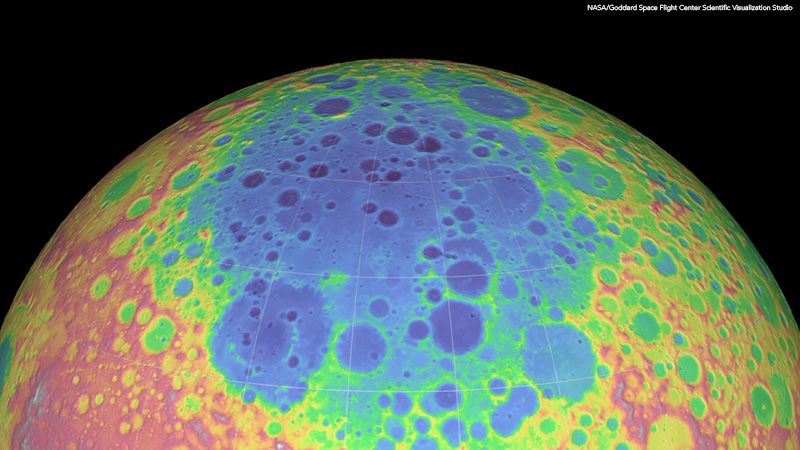India’s Landmark Lunar Success
India now has a place in lunar history with its August 23, 2023, landing of a spacecraft on the Moon. This was the country’s second attempt to make a landing as a part of its Chandrayaan program. The word Chandrayaan comes from Sanskrit, the sacred language of Hinduism. In Sanskrit Chandra means moon and yāna means craft or vehicle. India is only the fourth country to land a craft on the Moon. The United States, China, and the former Soviet Union are the other three countries. India’s achievement came just days after a failed lunar landing attempt by Russia. On August 19, 2023, Russia’s Luna 25 spacecraft crashed onto the surface of the Moon due to engine misfires. This failure emphasizes the complexity and challenges of landing on the Moon’s uneven surface, full of craters and boulders.
A Lunar Arrival at the South Pole
What sets the successful Chandrayaan-3 mission apart from other landings is its chosen landing site near the Moon’s south pole. No other landings have been made here. Scientists believe that the lunar south pole holds water ice deposits in its craters. Frozen water on the Moon could be transformed into rocket fuel or even drinkable water for future human missions.

Chandrayaan-3’s Journey
The Chandrayaan-3 rocket launched on July 14, 2023. It entered its orbit around the Moon on August 5. Its cameras captured images of the Moon, including a close-up view of the Moon’s dusty surface.
The spacecraft is composed of three parts: a lander, a rover, and a propulsion (or driving force) module, which powered the rocket’s long journey between the Earth and the Moon. The lander is named Vikram after Vikram Sarabhai, the founder of India’s space program. After detaching from the propulsion module and beginning the landing sequence, the lander’s adjustments to reach the lunar surface were completed by artificial intelligence programming. Vikram carried a rover called Pragyan. This is the Sanskrit word for wisdom. Pragyan is a compact, six-wheeled rover that will explore the lunar surface near the landing site.
Complex scientific instruments are packed into both Vikram and Pragyan. One particularly noteworthy addition is a seismometer, designed to detect seismic activity within the Moon’s interior. Seismic means relating to a vibration or earthquake. This data is crucial for ensuring the safety of future lunar missions.
The lander and the rover will operate on the Moon’s surface for about two weeks. Meanwhile, the propulsion module will remain in lunar orbit, acting as a relay point for transmitting data back to Earth.
National Pride in India
The Chandrayaan-3 mission has attracted widespread attention across India. Crowds gathered at the Satish Dhawan Space Centre to witness the launch. This launch site is located on the island of Sriharikota off India’s Bay of Bengal. A live broadcast of the landing drew eight million viewers.
Indian Prime Minister Narendra Modi watched the broadcast from South Africa, where he was attending an international meeting. He shared his thoughts after the success, highlighting India’s approach of unity and shared responsibility toward the planet.
The Path Ahead
More than a dozen countries, including Japan and the United States, have ambitious lunar missions planned in the upcoming years. Landing on the Moon remains a complex challenge. Nevertheless, scientific exploration and the potential rewards continue to inspire future attempts.
